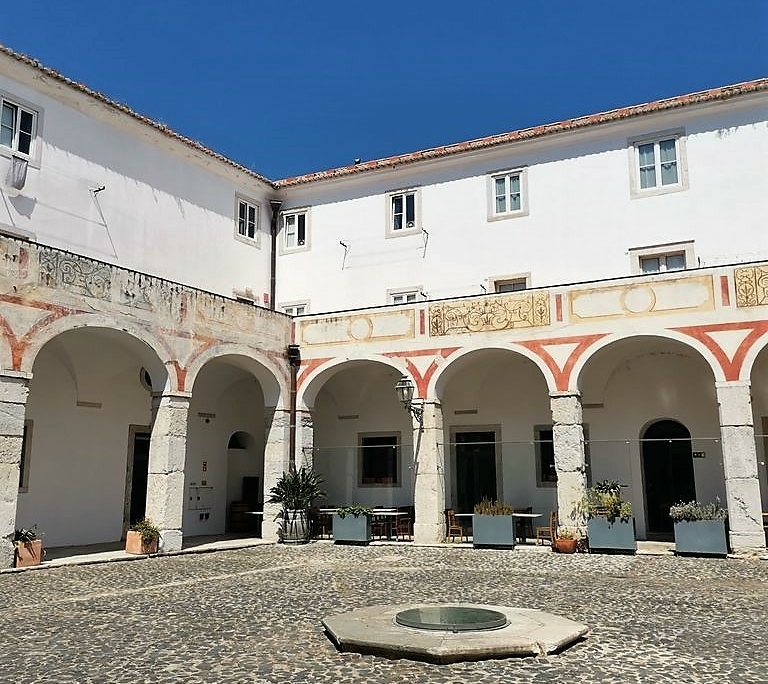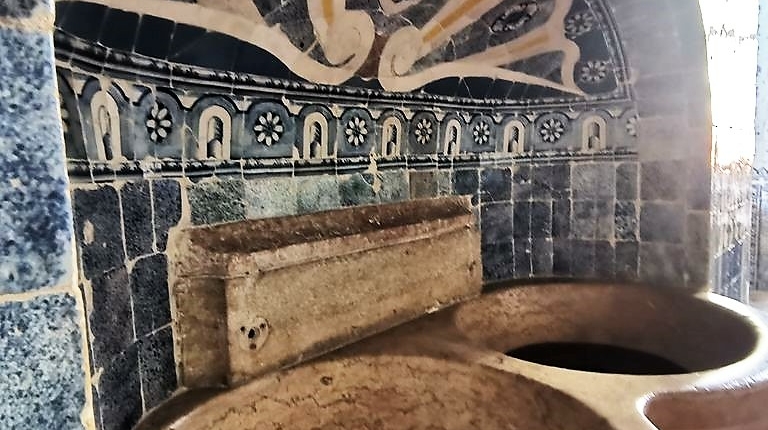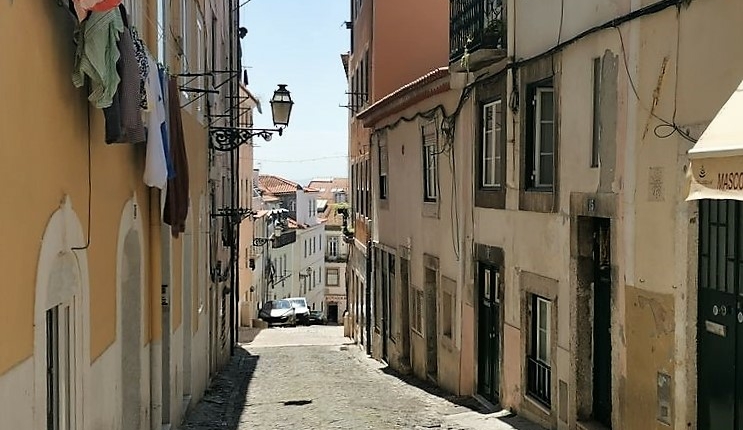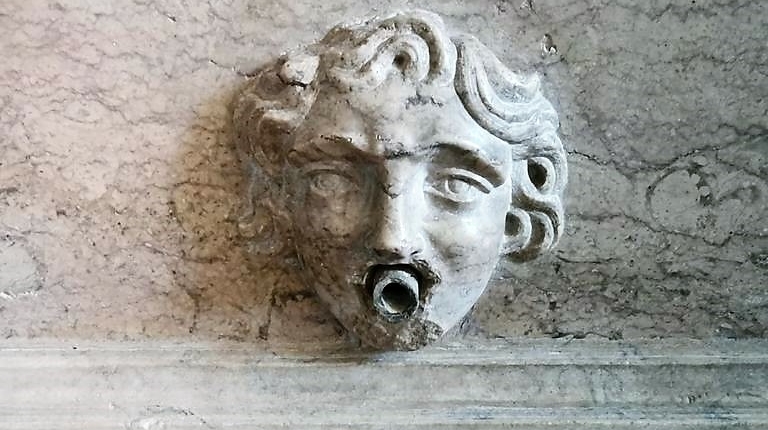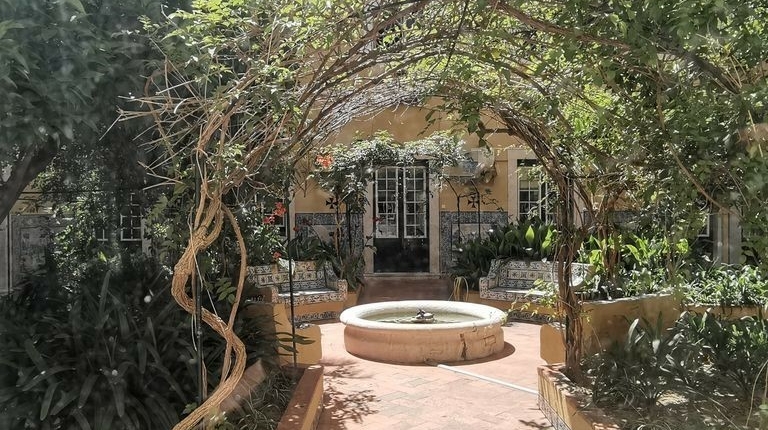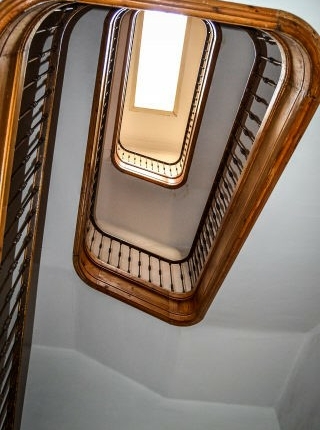Open doors of convents in Lisbon
Lisbon’s convents can be visited
In 1834 in Portugal the religious orders were abolished. The convents had to start a forced conversion. The rule was that it was no longer possible to welcome new brothers or sisters, and that when the last one died, the convent returned to the state.
They were used for all sorts of things. And their destiny is still not well known.
Who would imagine that the Armazens of Chiado were once a convent? Just like the Assembly of the Republic, a place that is essentially secular and republican?
The Open Convents Days, from 24 to 27 May 2023, will allow the public to visit these spaces, which are not well known to the general public. Most of the time they are closed or have a private use.
Sometimes only a few stones remain as a reminder of the place’s origin. But often real treasures are hidden inside the patios and cloisters.
The Lisbon City Council, the Casa da Misericordia of Lisboa, Quo Vadis – Tourism of the Patriarchate and the Institute of Art History of the Faculty of Letters of Lisbon have joined forces to open the doors to us.
Not to be missed!
www.lisbonne-affinités.com gives you a taste
Madragoa, the quarter of the women’s convents.
Madragoa, an old Lisbon neighbourhood with a medieval layout, hides treasures of heritage. Once located outside the centre, the area allowed convents to develop their farms, a source of money.
Most of the convents developed in the 17th century, the golden age of Portugal.
The nuns sometimes lived there in total self-sufficiency. The convents were close to each other, they protected each other and could pool their resources.
Madragoa has three famous convents and a fourth, of which unfortunately nothing remains.
These are the convents of Bernardas, Trinas, Inglesinhas and Francesinhas.
Bernardas, Trinas , Inglesinhas and Francesinhas.
The convent of the Bernardas (Order of Saint Bernard) is a huge building located in the Esperança street (not far from the French embassy). It hosts 30 flats, a restaurant and mainly the puppet museum.
The Trinas do Mocambo convent. Trinas is a diminutive of Trinidade, the sisters of the Trinity. This convent was founded in 1654. Today it houses the offices of the national navy, but can be visited by appointment. The convent’s magnificent kitchen, restored after the earthquake of 1755, is not to be missed.
The convent of the Inglesinhas. These nuns of the Order of Sião were expelled from England by King Henry VIII. Today it houses the Higher Institute of Economics and Management. The convent, also known as Santa Brigida, has a unique cloister, modest in size but of rare elegance. A unique example in Portugal
The convent of the Francesinhas. These French women arrived in Portugal with Queen Isabel of Savoy, who had the convent of Santa Clara built for them in 1657. Unfortunately, nothing remains of this convent of the “little French girls”, except for a garden that bears their name.
The open convents will allow you to learn more about their history.
And to find out more https://patrimoniocultural.cm-lisboa.pt/lxconventos/ficha.aspx?t=i&id=656
An informed “open convents”
The open convents will take place from 24 to 27 May.
An opening session will take place on 24 May at 6pm in the Portuguese Lotto room located in the former cloister of the Casa Professa de São Roque
On 25 May, at 5pm, a conference with architects on the theme of “convents and habitats”, in the former convent of the Bernardas.
On 26 May, itineraries are planned to discover convents concentrated in the neighbourhoods or united by their vocation.
Registration is required at culturasantacasa@scml.pt
Throughout the event, free and guided visits are possible in the 32 selected convents. Only the free visits do not require prior registration.
The programme is complex. It is strongly recommended to consult the website https://www.quovadislisboa.com/pt/event/open-conventos-2023

